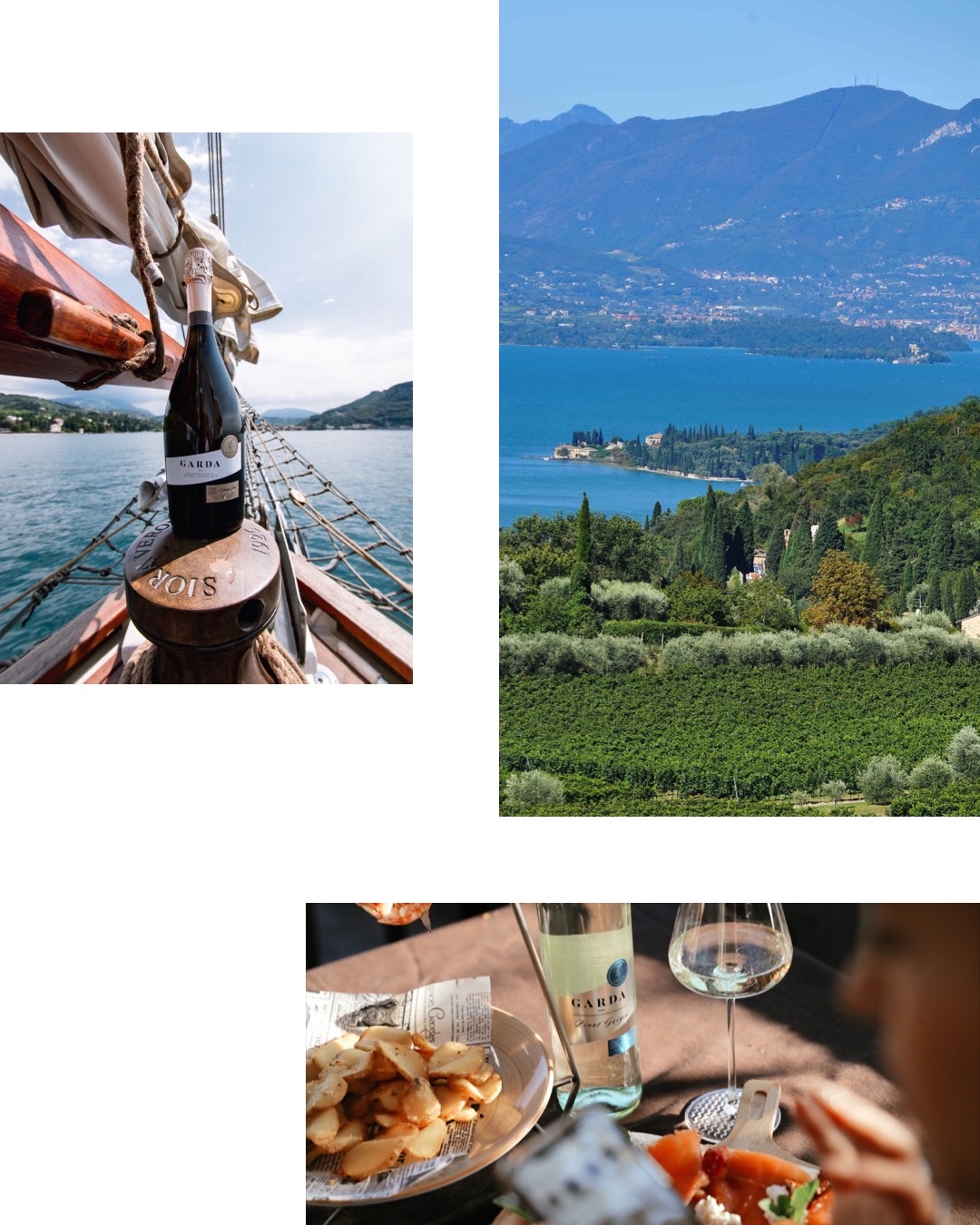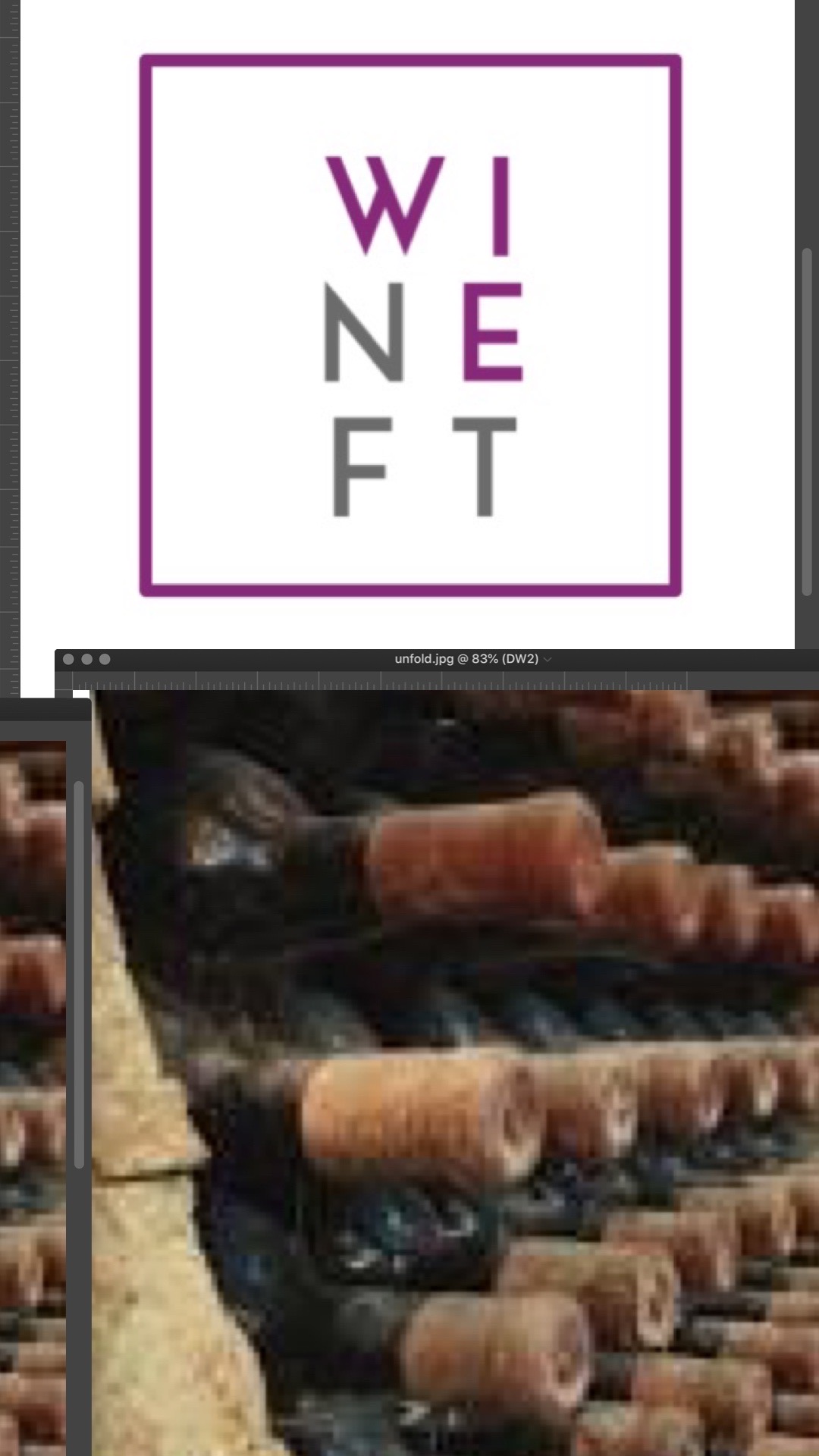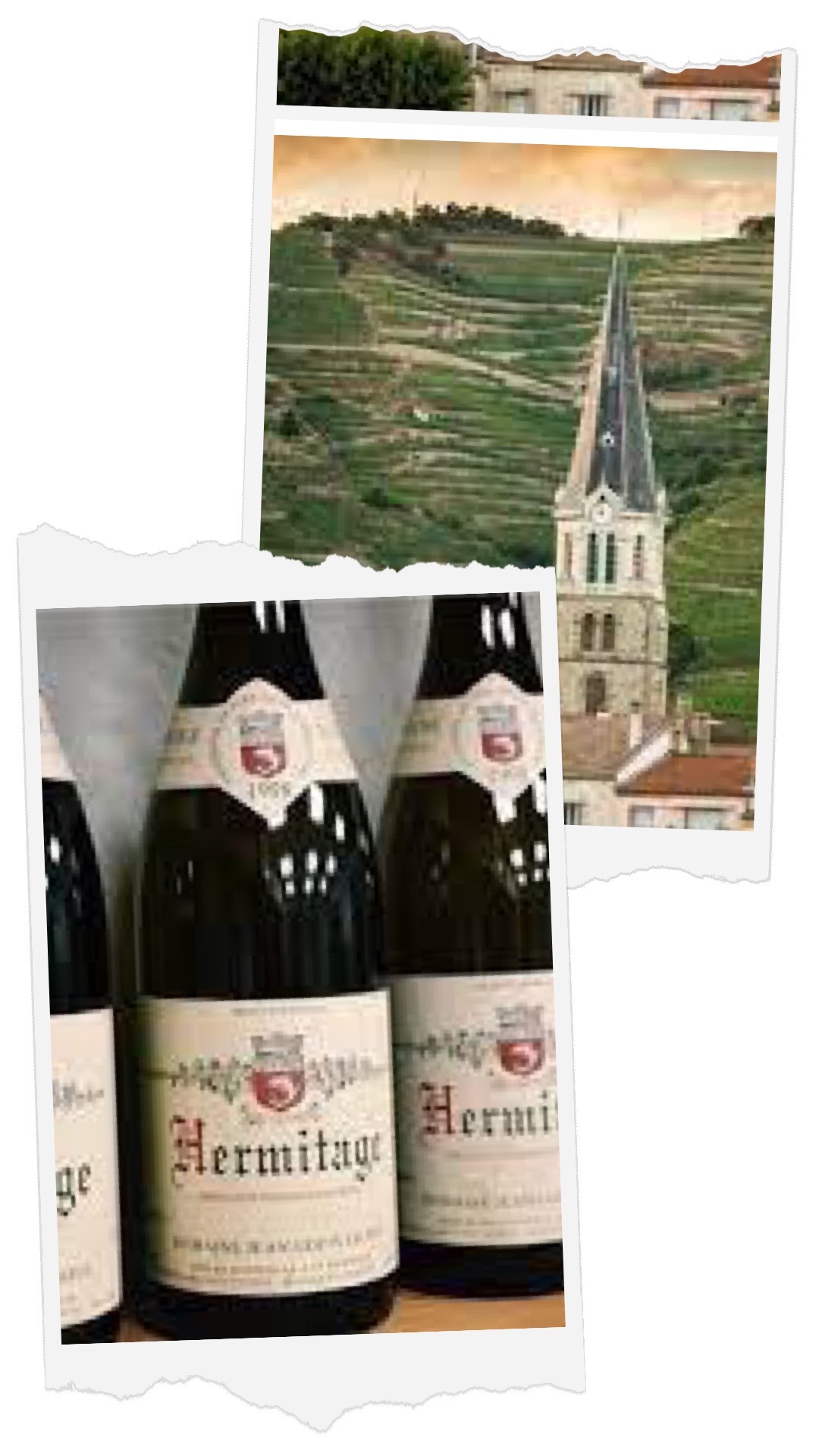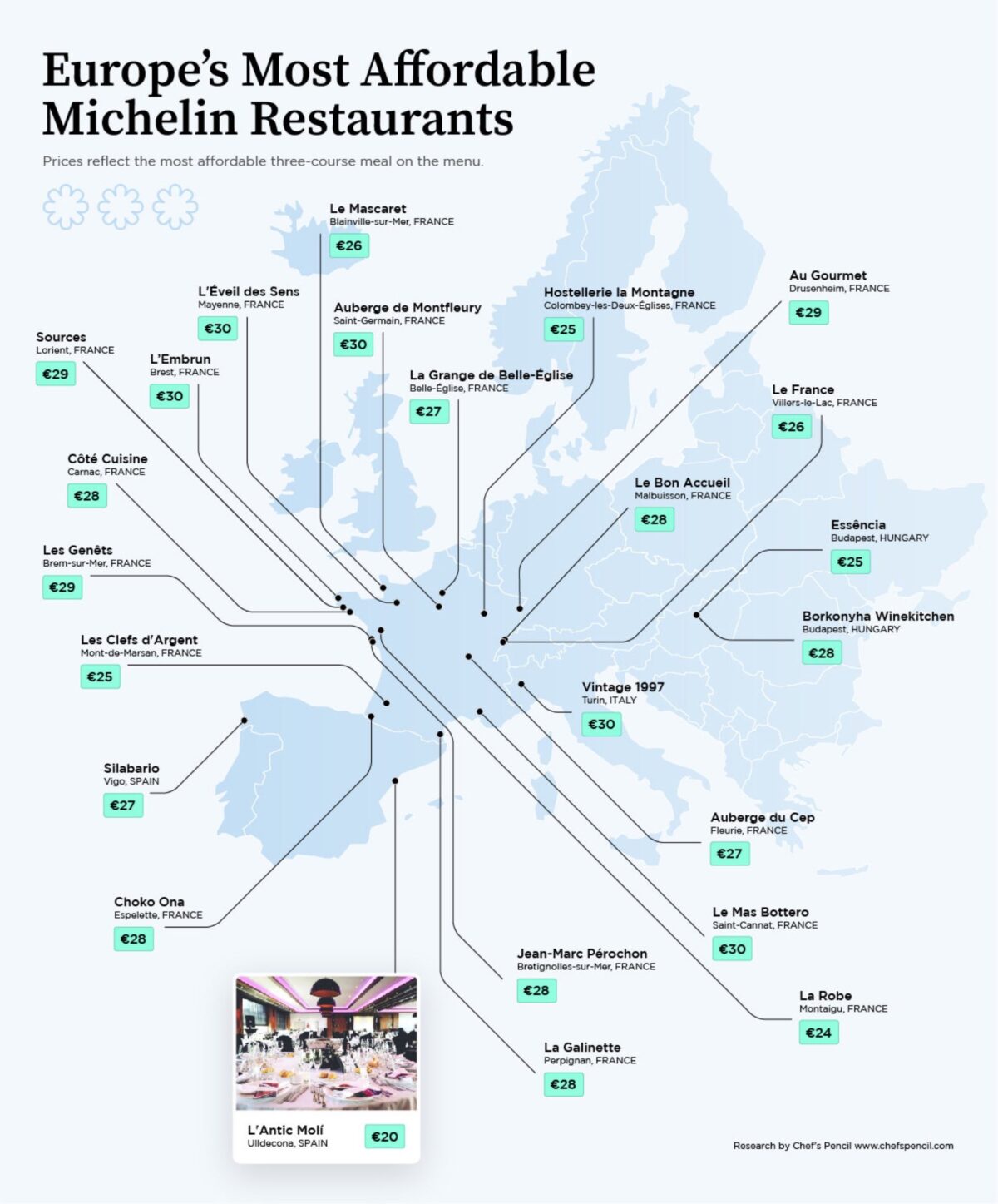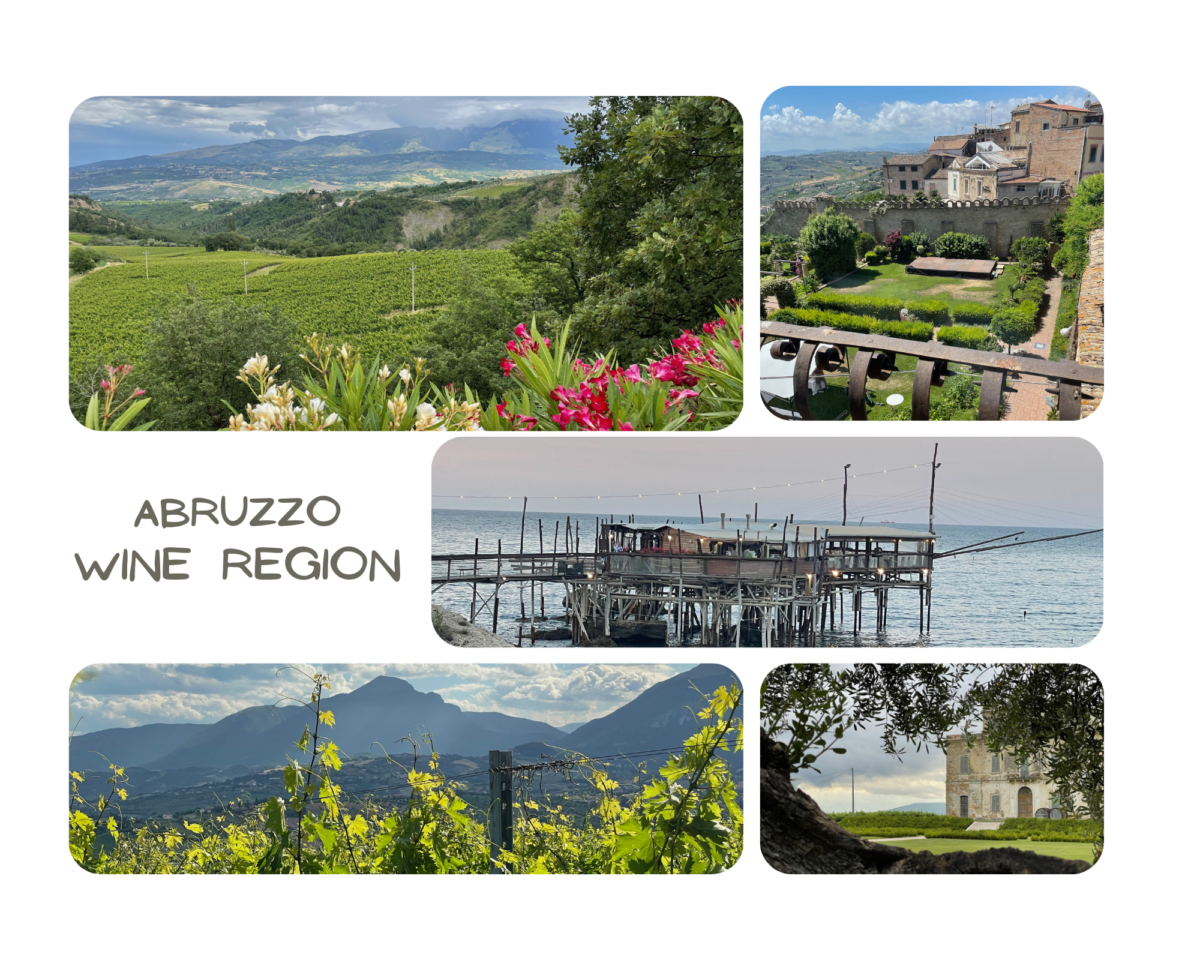From the 8th to 11th of June, the Garda DOC Consortium organized ‘Garda Wine Stories’, an event dedicated to the extraordinary peculiarities of the wine territory of Lake Garda. It was a full-scheduled press tour which included: seminars, masterclasses, in-depth analysis, guided cellar tours, and a stunning sailboat ride with tasting, aboard a cutter (equipped with the ancient trapezoidal sails). It was not only an opportunity for the Italian and international press to discuss in-depth the complex and vast territory, but also for wine lovers. On Friday, June 10th we attended a tasting with 20 producers, representing the best winemaking areas. The impeccable event was organized by the Consortium.
Discovering Garda DOC
The denomination Garda DOC was founded in 1996. It represents a large geographical area that groups in the same macro area other important Italian DOCs for a total of around 31,100 hectares under vine, of which 27,889 hectares are in the province of Verona, the outlying hectares are spread between the towns of Mantua and Brescia. Today, it has around 4,000 associated producers and a production of 21 million bottles, with a good prospect of further growth. The objective of the Consortium is to enhance the value of the varietal wines produced in these historical appellations and to give further opportunities of identification for those who grow in the outlying zones. The Consortium is playing an important role in pursuing a circular strategy that conveys all the resources that Lake Garda has, and the dialogue between the wine system, wine tourism and hospitality, sport activities, and gastronomy.
Garda – A Wine Territory around the Lake
Lake Garda is the largest body of water in Italy, extending for about 370 km2, it is encompassed by 3 Italian regions: Lombardy, Veneto, and Trentino Alto Adige. Its banks extend for 50 km from north to south and for about 17 km from east to west. In the imaginary triangle composed of the provinces of Trento (north), Brescia (south-west) and Verona (south-east), an extraordinary natural and cultural heritage is preserved. The landscape, from any point you look, is a jubilation of biodiversity, corners of extraordinary scenic beauty. Mountains, hills, and beaches are covered by the typical Mediterranean vegetation with olive trees, caper bushes, lemon and citron trees, agave plants and vines; all framed by historical and cultural sites, castles, harbours, charming villages, traces of human activities that have always influenced the appearance of Lake Garda shores.
The climate is mild in all its extension despite the northerly longitude. There are many factors that contribute to the incredible climatic conditions that make Lake Garda one of the most heterogeneous and interesting wine areas. The northern cone-shaped narrow area is surrounded by the Alps providing a shield from the cold currents from the North. The lake also plays an important mitigating action, lifting colder fogs in the mornings allowing the ventilation among the vines, and by absorbing heat and releasing it in relation to the external temperature. Winters are never harsh, and summers are hot. The daily temperature range is quite high due to the presence of a breeze blowing south in the morning and north in the afternoon, thermal excursion is an extremely important factor for the perfect ripening of the grapes.
From the gentle morainic hills of the southern basin to the extreme peaks of the Alps, the soil around Lake Garda is a puzzle of different compositions but perhaps the most distinctive and fascinating element has to do with the light. This place is glowing. The phenomenon of light refraction made possible by the size and depth of the lake is an element of great uniqueness in the territory. Here the vine finds a perfect place to grow, in a bright and lush nature, helped by the meticulous hands of brilliant winemakers. The wide area that covers Garda Doc includes countless grape varieties and many interpretations of them.
Each of the wine districts that stretch around Lake Garda bring traditions in production methods, history and, of course, the most representative vines from the different areas: Garganega, Trebbiano (Trebbiano di Soave and/or Trebbiano di Lugana), Chardonnay, Pinot Grigio, Corvina, Marzemino, and Merlot and Cabernet Sauvignon. Altogether, they constitute the backbone of Garda DOC wine production. Great importance is given to the sparkling wines using the varieties from the different wine areas: Garganega for white wines, Corvina for rosé, crémant method Chardonnay, but also Pinot Grigio, Reno, and Muller Thurgau.
The boundaries of DOC Garda embrace a wide area. Considering the extraordinary attitude of Italian wine territories to change connotations in a few meters, it’s hard to imagine how many environments coexist around the lake. The Consortium has been stimulating scientific research in order to improve the understanding of the pedoclimatic and oenological aspects of the Lake Garda territory, with the ultimate goal of proposing models with a sustainable footprint to enhance wine productions and to defend our extraordinary natural heritage.
Lake Garda: A Paradise for Wine Enthusiasts
Lake Garda is one of the most romantic locations and it represents the charm of the Dolce Vita Italiana. It is a real paradise for those who love wine, food, stunning natural scenery, sports, art and culture… in short, there is everything for everyone! It is no coincidence, that the territory around the lake is one of the favorite destinations of lovers of our country (Italy). The road network and the water transport that connect the various areas of the lake allow wine enthusiasts and foodies to concentrate their exploration of the wines of the DOC Garda even on a short holiday. A journey in a journey, a shining example of how wine tourism became the “art of hospitality”. The Consorizio Garda DOC is proposed as a promoter of the territory of Lake Garda as a wine escape, collecting and communicating the infinite experiences that can be carried out and proposing them through multiple channels. Visit where official site www.gardadocvino.it where you learn about amazing stays on these shores, in the section “experience”.
#gardadoc #staywithus #wine #gardalake #italy #italianwineregion #GardaWineStories #LakegardaItaly #italianwinelover #winelover #gastronomy #wine #vino #gardawines #wineexperience #winetasting #winetourism #sailing

